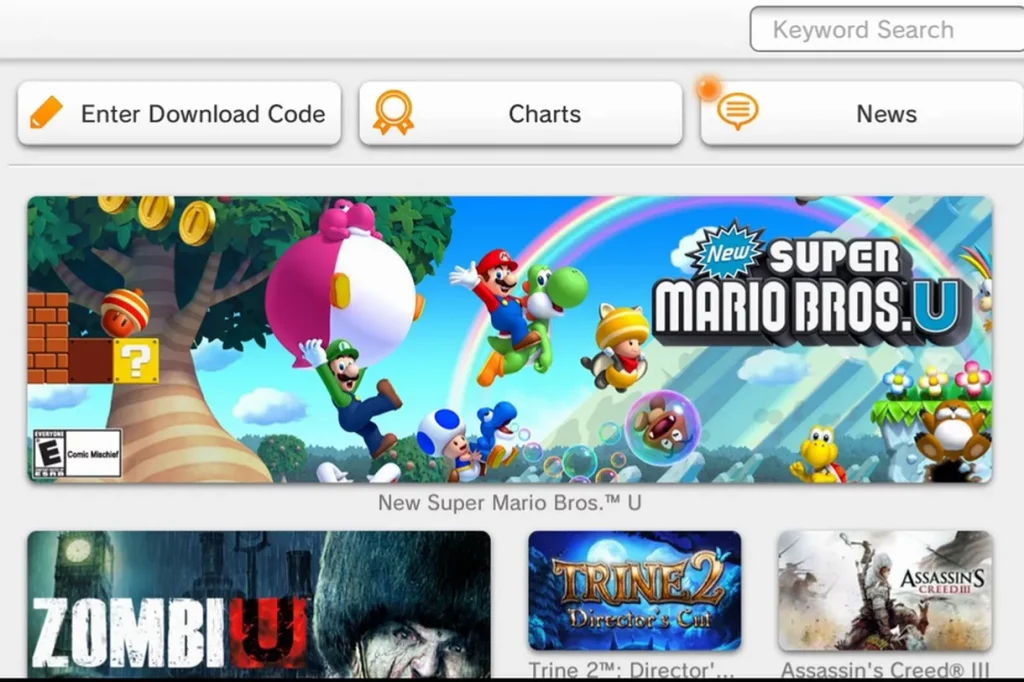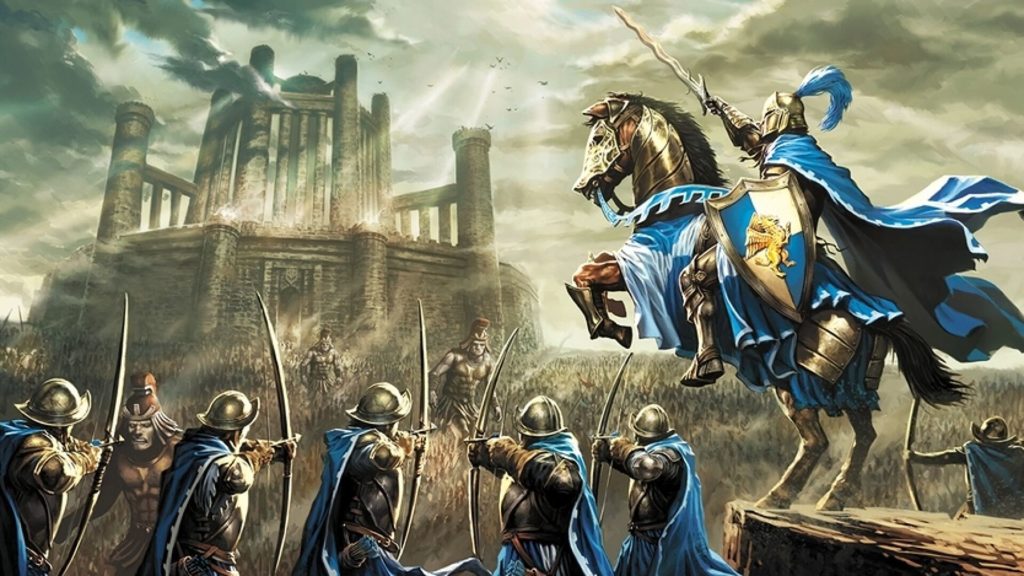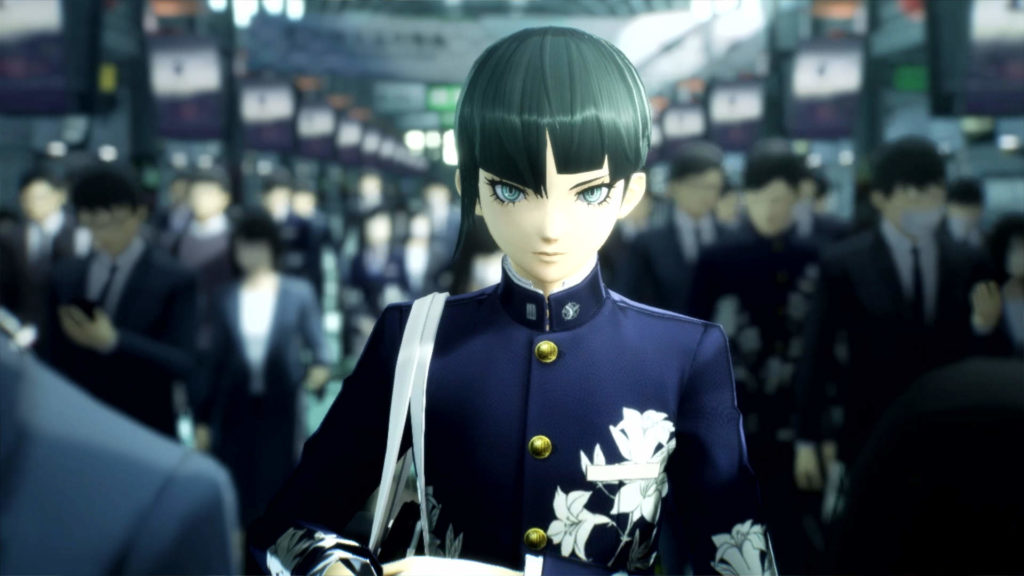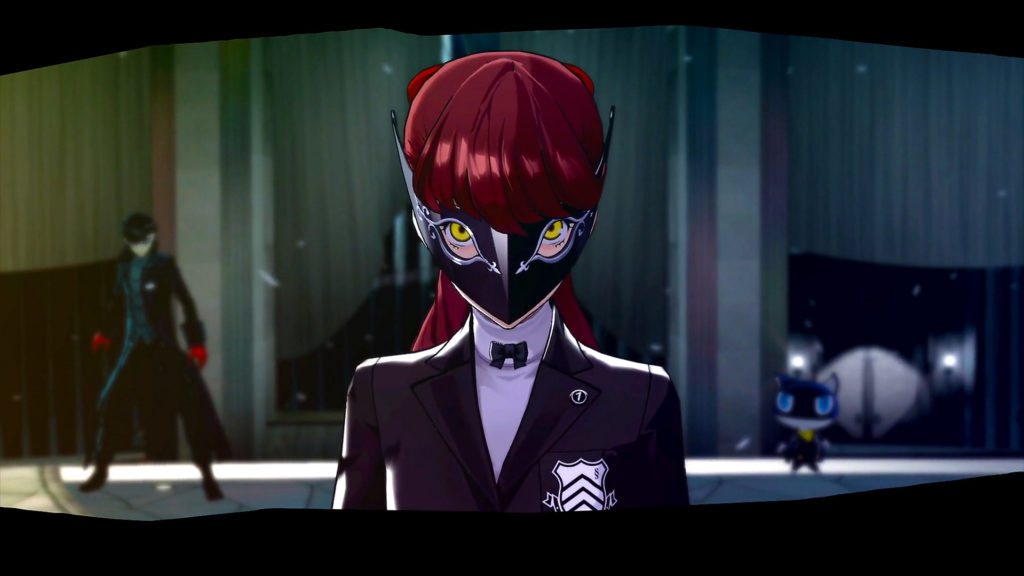Since videolamer has begun the process of following in Buzzfeed’s esteemed footsteps, it’s only natural that we reach for the low-hanging fruit of picking out games we played and telling you to play them. GOG (www.gog.com), briefly branded as Good Old Games, is stacked with tons of games created by incredibly talented developers years ago, most of whom will never see any of the money you spend because the rights have been sold and resold dozens of times over. But at least if you spend money on these 20-year-old games, it will assuage the slight twinge of guilt you might have felt if you pirated them.

Many of these games are more than 20 years old. Some run in DOS/DOSBox, but many have fan patches available. Check the corresponding GOG forum first – there is typically a stickied topic for mods/patches. → Fear the old posts.







